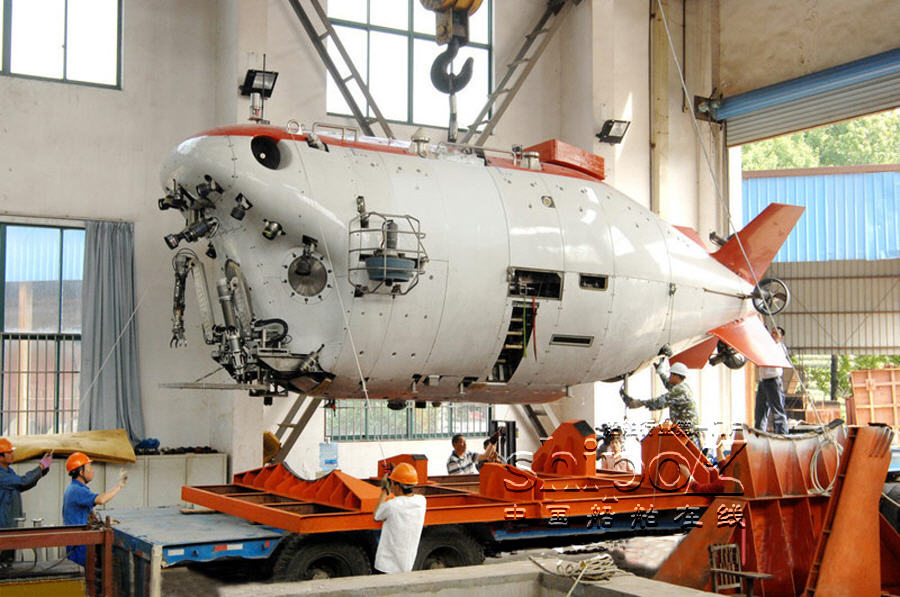escobar
Brigadier
When concrete-pump maker and symbol of German industrial strength Putzmeister rolled up at Japan's Fukushima last year to help tackle the nuclear disaster, few industry watchers might have guessed it would soon be bought by China's Sany Heavy Industry.
Sany often referred to as China's Caterpillar (CAT.N), and other top domestic construction gear makers such as XCMG Group and Zoomlion Heavy Industry are stepping up their overseas hunt for assets that will give them more than just technological know-how.
They're not just dismantling production lines and shipping them home, but going after brand recognition and established distribution networks, driving China towards its three-year goal of becoming the world's top exporter in the $150 billion global market for equipment like bulldozers, excavators and forklifts.
"Engineering machinery could well be a sector where China can really start the production and go out and take a much larger share," said David Chin, UBS head of investment banking in Asia.
The machinery manufacturers, little known outside of China a few years ago, are already making a mark. Chinese manufacturers accounted for 15 percent of the top 50 construction gear companies' revenues globally in 2010 compared with just 1.6 percent in 2003, according to industry data provider KHL Group.
The pace of their overseas expansion is set to accelerate.
State-owned XCMG Group, whose sales at 87 billion yuan ($13.8 billion)were about a quarter of Caterpillar's last year, clinched two European acquisitions in 2011 and has said it is seeking bigger overseas assets to power its sales target of 300 billion yuan a year in 2015 and a goal of becoming the world's No.3.
Chinese media have reported it may buy a stake in German concrete-pump maker Schwing GmbH, although an XCMG spokesman declined to comment. And German banking sources told Reuters a Chinese company is interested in Schwing, with one saying "it could be a deal like Putzmeister".


STRATEGY SHIFT
Their post-acquisition strategy is also changing. Zoomlion became the first major Chinese construction gear maker to retain a foreign management and production team when it bought Italian concrete machinery maker CIFA in 2008, a move that extended its presence to more than 70 countries.
Sany said in January that Germany would become its new headquarters for concrete machinery outside China. The country's largest bulldozer-maker, Shandong Heavy Industry Group, also said this year it would keep the management and production base of its newly acquired luxury yacht maker Ferretti in Italy.
With deepening economic uncertainty in the euro zone, moves to retain jobs are welcomed. "Many of the Chinese clients we advise are truly inclined to maintain acquired operations overseas," said Gabriel Wong, who leads the China corporate finance team at consultants PricewaterhouseCoopers China that advises domestic clients on M&A deals.
"Since the motive of Chinese companies has changed to maintaining a global presence, it should make acquisitions easier."
Shareholders have begun to take note.
After a poor performance in 2011, China's construction gear makers are bouncing back. Zoomlion's Hong Kong-listed shares have jumped 33 percent so far this year, beating a 13 percent gain in the benchmark index .HSI. Its China-listed shares have surged 29 percent over the same period.
Sany is up 14 percent while XCMG Group's listed unit XCMG Construction Machinery (000425.SZ) is up more than 10 percent. China's benchmark index .SSEC has risen 10 percent so far this year.
"Overseas acquisitions can help lift Chinese machinery makers' technology level and are positive to the industry in the long term," said Steve Wong, an analyst at CMB International Securities.
NEW BENCHMARK?
China is the world's largest construction machinery market by sales, fueled in part by Beijing's 4 trillion yuan stimulus package in 2008. The country's robust economic growth has put the spotlight on the construction equipment makers that have helped power it.
Sany, founded by China's richest man Liang Wengen, is now the world's No. 7 construction equipment maker, followed by Zoomlion at No. 9 and XCMG in tenth place, according to KHL Group's 2011 Yellow Table, which covers the world's top 50 manufacturers in that sector. Caterpillar is No. 1, with Japan's Komatsu Ltd (6301.T) in second place. Sany, which signed a deal to buy Putzmeister in January, could be the new benchmark for people reviewing the globalization and transformation of "made-in-China", said Deng Di, deputy director of MBA education center at China's Jinan University. "This might be the very first time that a Chinese manufacturer was able to absolutely dominate a global market ... in terms of both market performance and core technologies," Deng said, referring to Sany's ranking as the world's largest seller of concrete pumps and Putzmeister's role as a leader in terms of concrete-pump technology.
Sany now has a market value of $17 billion, Zoomlion $11.7 billion and XCMG Machinery $5.1 billion. Caterpillar has a market value of $70.1 billion.
But competition for limited good assets overseas could push up purchase prices, while getting first pick of the deals could also be a challenge for Chinese companies, analysts said. "Chinese companies get on the deal when nobody else wants it," said Alberto Forchielli, Managing Partner of Mandarin Capital Partners, the largest Chinese-European private equity fund.
"Chinese buyers take a long time. They're very time-consuming," he added, referring to the lengthy bureaucracy and red tape that accompany most deals. While some Chinese firms have had trouble clinching overseas deals due to national security and interest concerns, the relatively small size of construction players and less sensitive technology involved make successful buys more likely. "I see a big difference between the takeovers by huge corporations and the more low-key mergers of mid-sized companies," said Hermann Simon, chairman of Bonn-based consultancy firm Simon Kucher & Partners. "Acquisitions of mid-sized companies occur usually below the radar screen of politics - unless they are in the defence sector or other critical branches."









